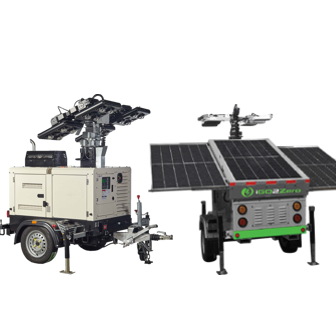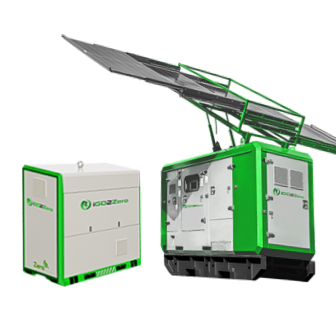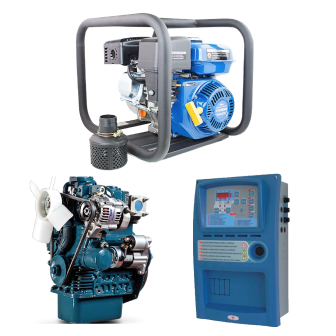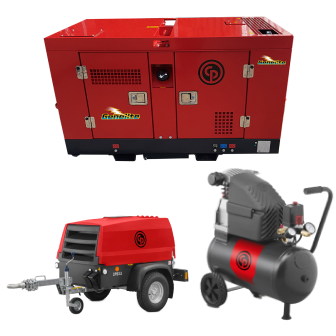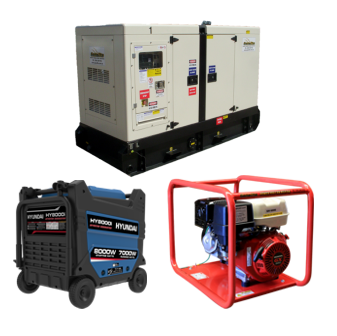Sometimes people get confused when it comes to operating a generator. Petrol and Diesel generators are stand alone machines that provide back-up electricity to businesses, homes, and work sites when power from the grid is not available. While this is their most common application, generators can also be used as a primary source of power in areas such as mining, farming, or new developments where access to the local power grid is unavailable or hard to get to.
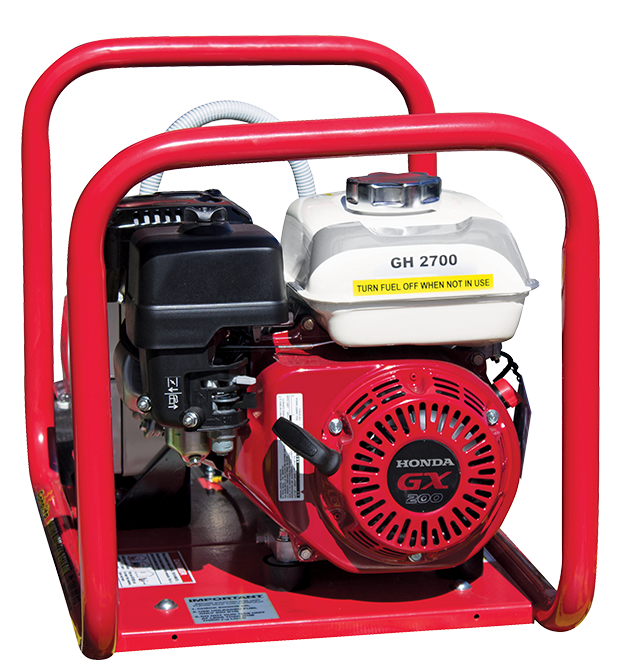
While there are diverse types of generators suited for different applications, below we will look at how a generator works.
Remember, the best possible time you can invest in a portable generator is before you need one.
Firstly, it’s important to note that generators don’t create electricity, rather, they convert chemical or mechanical energy into useable electrical energy. They do this by capturing the mechanical energy supplied to it to force the movement of electric charges found in the wire of its windings through an external electric circuit. In simpler terms, a generator can be explained as an electrical motor operating in reverse.
Generally residential and commercial tend to rely on traditional fuel sources like diesel, gas and petrol to create mechanical power. Of course, there are some electric generators that are enormous, performing large scale industrial processes, these work in a separate way.
A typical portable generator is comprised of a few main components which are detailed below:
-
The Engine:
All fuel-powered generators contain an engine which converts the fuel source into usable energy and allows it to move or perform its mechanical function. The size of the engine is proportional to the maximum power output that the generator can supply. The bigger the source of mechanical energy, the more electrical power can be produced.
-
Fuel System:
Generators can operate on a variety of different fuels including gasoline, diesel, propane, or natural gas. As a rule of thumb, smaller engines usually operate on gasoline, and larger engines typically run on diesel, natural gas, propane gas or liquid propane. Some engines can also operate using both diesel and gas in bi-fuel operation mode. The fuel tank usually has the capability to maintain operations for 8 hours on average. With the smaller generators, the fuel tank is mounted on top of the generator’s frame, but for commercial generators it is sometimes needed to install an external fuel storage tank.
-
Alternator and Voltage Regulator:
The alternator is responsible for producing the electrical output from the mechanical input supplied by the engine. The alternator contains a range of moving and stationary parts that are encased in a housing. When each component works together the relative movement between the electric and magnetic fields generates electricity.
The voltage regulator regulates the output voltage of the generator within acceptable limits. This regulator is essential to keep voltages within the prescribed range that can be tolerated by the generator.
-
Cooling, Exhaust and Lubricating Systems:
When running a generator continuously, it can cause certain components to become very heated. It is vital to have a cooling/ventilation system in place to withdraw heat produced in the process of running. Fresh water and hydrogen can be used as coolant. It is essential to check the coolant levels daily, and the generator should be placed in an area that is open and well ventilated. It is advised to allow a minimum of 3 feet on each side of the generator to allow the free flowing of cool air.
Exhaust fumes contain a high volume of toxic chemicals that need to be managed correctly. Carbon monoxide poisoning remains a common cause of death in post-hurricane areas because people tend to forget about this silent killer. Exhaust pipes are usually designed from steel or iron and need to be freestanding, not supported by the engine. The exhaust pipe, which is usually attached to the engine using connectors to minimize vibrations, usually terminates outdoors and leads away from doors and windows. Always ensure that your exhaust system is not connected to any other equipment and consult your local council to ensure you are conforming to local fire prevention laws.
Because the generator has so many moving parts within the engine, it requires a lubrication system to ensure smooth operations over the extended period that it is in use. The engine is lubricated by oil that is stored in a pump. You should be checking the level of this oil at least every 8 hours of operation. Ensure there are no leaks and aim to refresh the oil every 500 hours your generator is in use.
Understanding the ins and outs of your generator can assist in proper maintenance and longevity of your investment. If you’re interested in learning more or need expert advice on the best suited generator for your needs, the team at Genelite are always happy to help.

